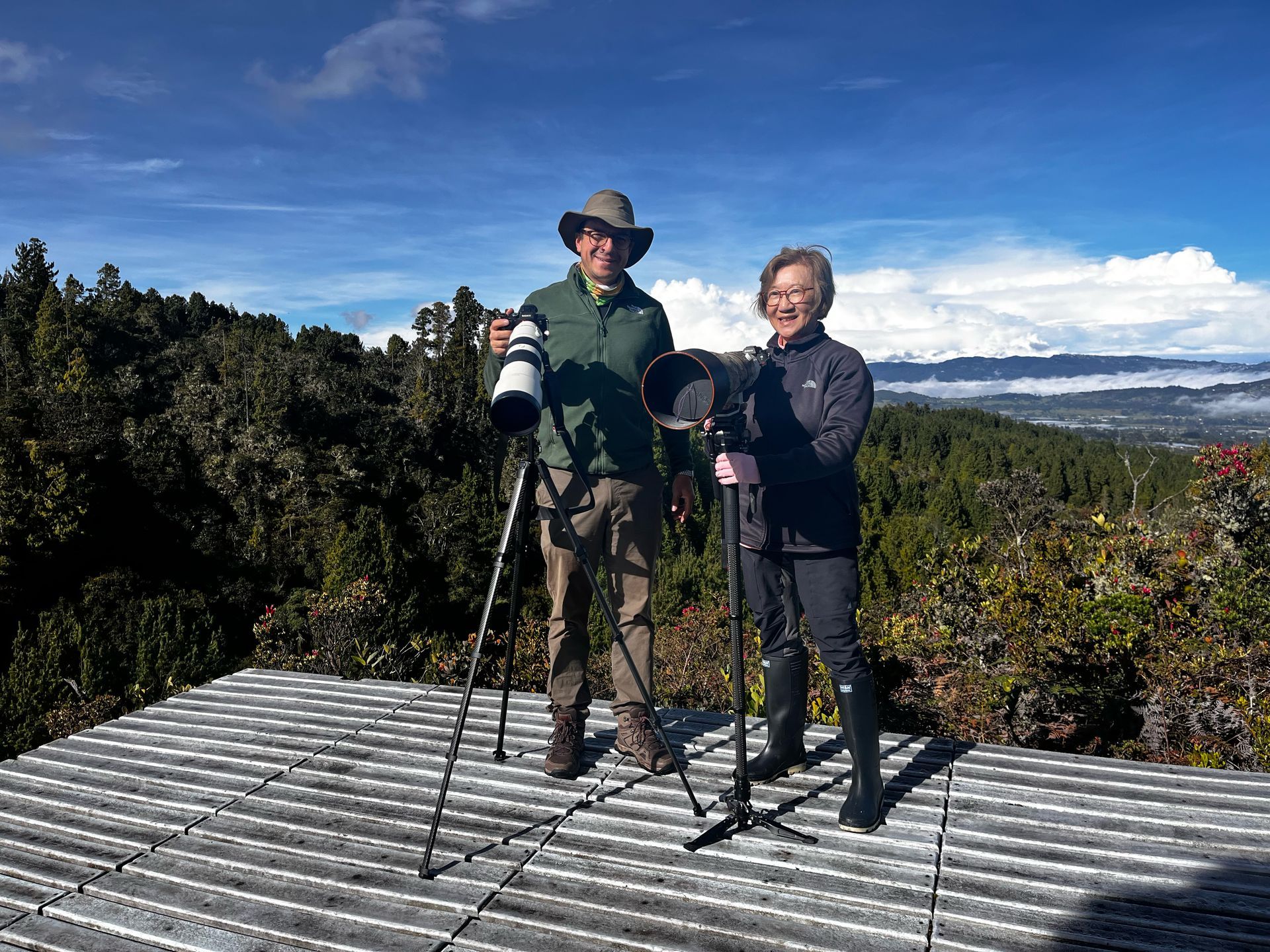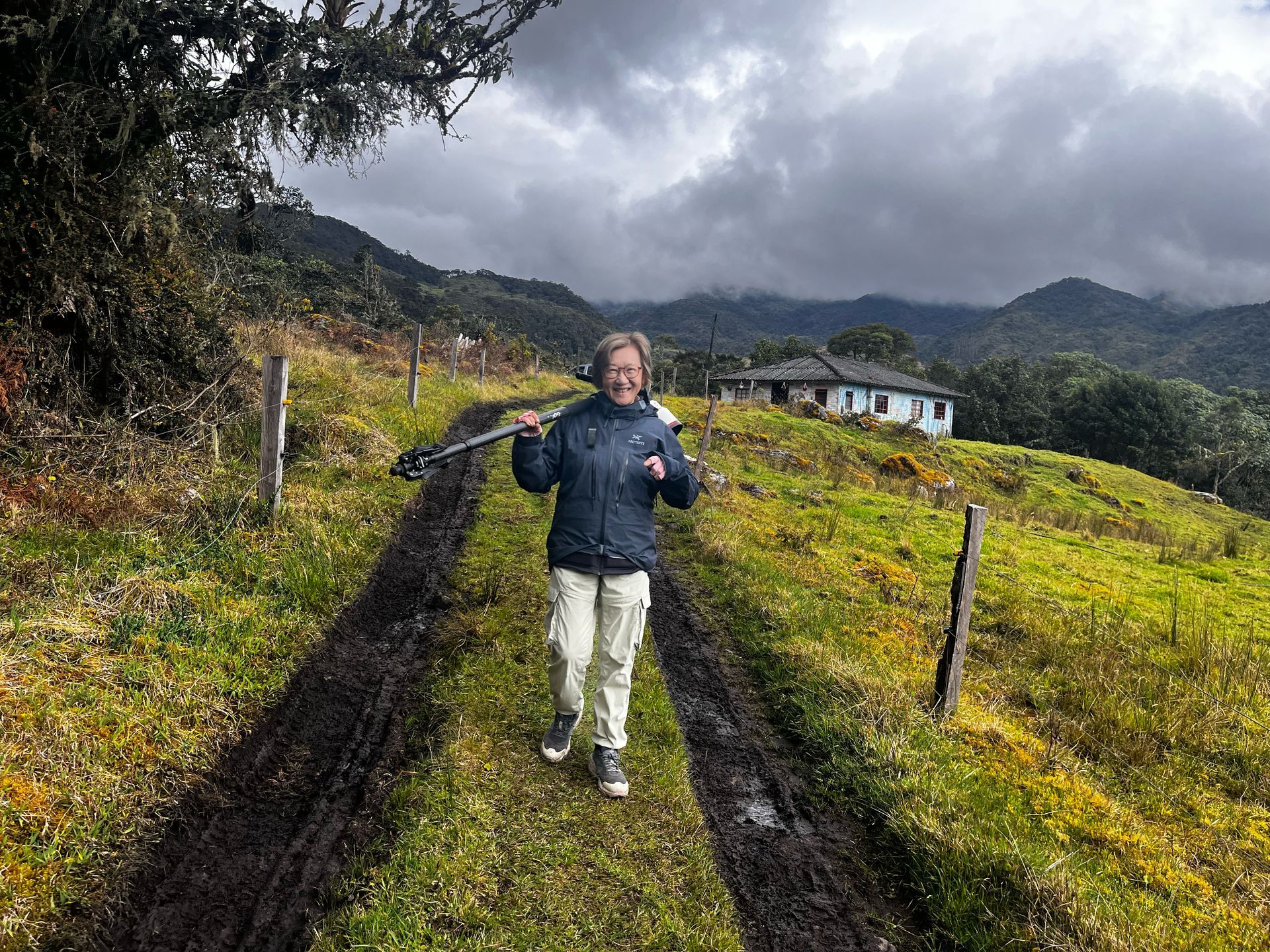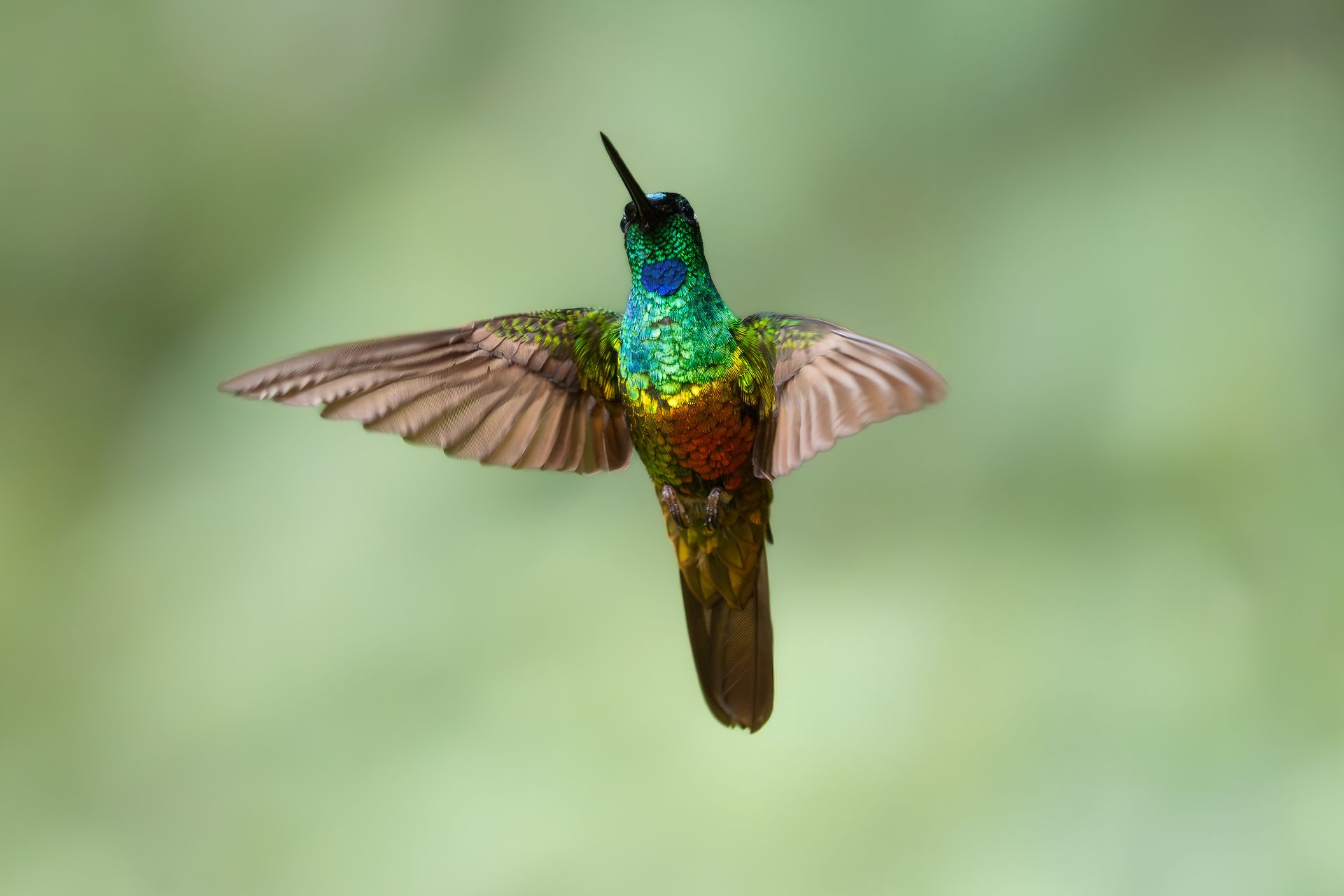Tips for Capturing Action Shots in Wildlife Photography Tours
Wildlife photography is one of the most exhilarating types of photography — and nothing quite matches the thrill of capturing animals in action. Whether it’s a bird in flight, a jaguar stalking its prey, or a monkey leaping through the trees, action shots add movement and drama to your portfolio. But capturing these fleeting moments requires patience, skill, and the right approach.
At Retorno Photo Tours, we take photographers into the heart of Colombia’s incredible ecosystems — from rainforests to mountain cloud forests — where action can unfold at any second. Here are our top tips for capturing stunning action shots during your next wildlife photography tour.
1. Know Your Subject and Its Behavior
Every successful action shot begins with knowledge. Before you head into the field, research the species you want to photograph — their habits, movement patterns, and peak activity times. Knowing when a hummingbird is most likely to hover or when a jaguar typically hunts can help you anticipate the moment.
Pro tip: On our tours, our local guides and naturalists help you understand the behavior of each species so you can position yourself for success.
2. Master Your Camera Settings
Wildlife action happens fast, so you need your camera set up to freeze movement:
- Shutter speed: Use a fast shutter speed — 1/1000s or faster — to freeze motion.
- Continuous shooting (burst mode): Capture a series of frames to increase your odds of nailing the perfect moment.
- Autofocus tracking: Set your autofocus to continuous mode (AI Servo on Canon, AF-C on Nikon/Sony) so the camera can keep moving subjects sharp as they travel through the frame.
- ISO and aperture: Don’t be afraid to raise your ISO to maintain a fast shutter speed. Aim for a wide aperture (e.g. f/2.8–f/5.6) to let in more light and separate the subject from the background.
3. Anticipate the Action
Great action shots come to those who wait — and those who predict. Observe the scene carefully. If you see a hummingbird hovering near flowers, it’s likely to return to that spot. If a troop of monkeys is moving through the canopy, follow their path with your camera and wait for the jump.
Pro tip: Sometimes pre-focusing on a branch or perch can help you fire the shutter at the perfect moment as your subject enters the frame.
4. Pick the Right Time and Light
Colombia’s diverse habitats offer a full range of lighting conditions, but the golden hours — early morning and late afternoon — provide the most beautiful light for action shots. The soft, warm light enhances colors and textures while keeping harsh shadows at bay.
Cloud cover can also help diffuse light in rainforests and misty mountains, allowing you to shoot with even lighting across your entire scene.
5. Position Yourself for a Clean Shot
Your position relative to your subject and the light is critical. Move slowly and try to get at eye level with the animal — this adds intimacy and impact to your image.
When shooting animals in flight or jumping, give them space in the frame to move into. Compose your shot with extra room on the side where they’re headed for a more balanced, dynamic image.
6. Choose the Right Equipment
You don’t necessarily need the most expensive gear, but a few key pieces can help:
- Long lenses (300mm or more) to reach distant subjects without disturbing them.
- Fast-focusing camera bodies for quick-moving subjects.
- A lightweight monopod or tripod with a gimbal head for smooth tracking.
- Weather protection for unpredictable rainforest conditions.
If you’re on one of our tours, we also offer gear recommendations tailored to the destination.
7. Patience and Practice
Wildlife action is unpredictable. Even experienced photographers sometimes wait hours for that one perfect leap or wingbeat. Patience is part of the process — so don’t be discouraged if it takes time.
Practice on simpler subjects before tackling faster animals. Birds around your home, pets, or people playing sports all provide excellent practice for honing your reflexes and understanding your camera’s behavior.
8. Respect the Wildlife
No matter how close you want to get the perfect action shot, respect wildlife’s natural behavior and habitat. Keep a safe distance, never bait or harass animals, and follow the guidance of your guides. Ethical wildlife photography ensures animals feel safe — and often yields more authentic action shots as they go about their lives naturally.
9. Don’t Forget the Environment
While close-up action shots can be dramatic, also look for opportunities to incorporate the landscape. A toucan flying through misty forest, or a hummingbird drinking nectar against a backdrop of tropical blooms, tells a richer story about the ecosystem.
10. Review and Refine
After every session, take a few minutes to review your images and adjust your settings if needed. Look at the sharpness, exposure, and composition. Learning from each session — even the ones that don’t go as planned — is key to improving your skills.
Capture the Action with Retorno Photo Tours
Our wildlife-focused photo tours take you to Colombia’s most biodiverse parks and reserves — places like Chingaza National Park, Tayrona, and the Amazon rainforest — where animals live wild and free. With local naturalist guides and small group sizes, you’ll have every advantage for capturing once-in-a-lifetime action shots.
Whether you dream of photographing a hummingbird mid-hover, a monkey leaping between branches, or a dolphin breaking the surface of the ocean, we’ll help you hone your skills and put you in the right place at the right time.
Final Thoughts
Capturing action shots in the wild is an art form that rewards patience, preparation, and passion. The rush of seeing your subject appear and then freezing that perfect moment is one of the most thrilling parts of wildlife photography. By studying behavior, choosing the right settings, anticipating movement, and respecting nature, you’ll create action shots that do more than just look great — they tell a story about the animals and their world.
If you’re ready to take your wildlife photography to the next level, join one of our Retorno Photo Tours. Let us help you connect with Colombia’s incredible animals and capture their most dynamic moments in the wild.











